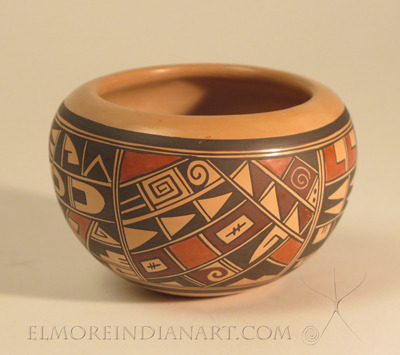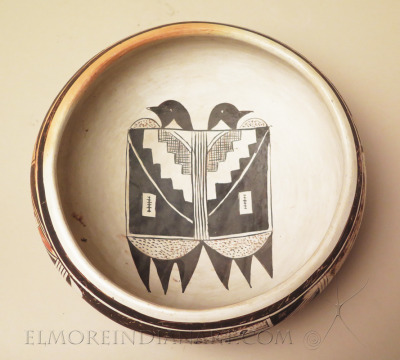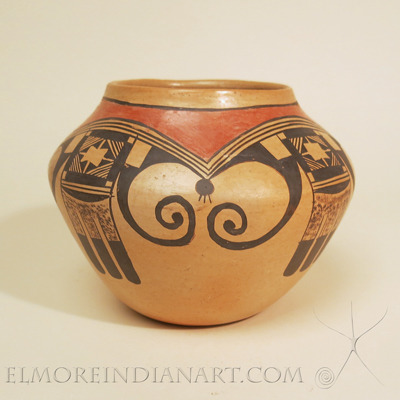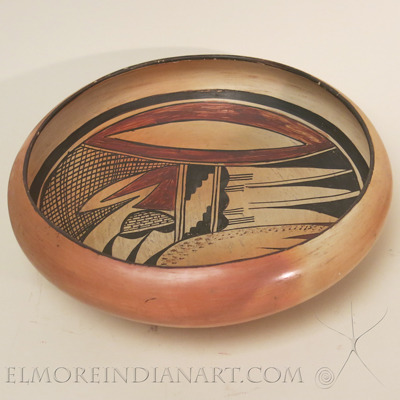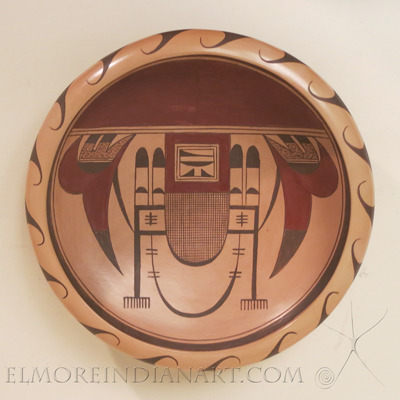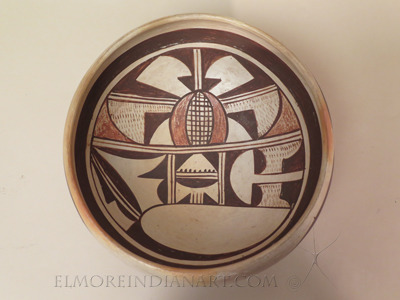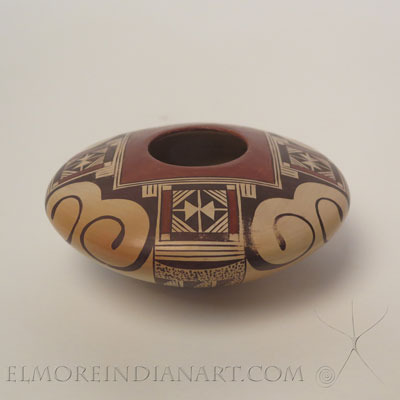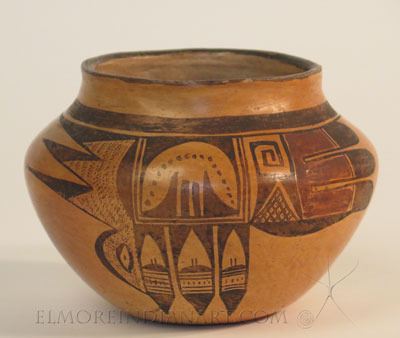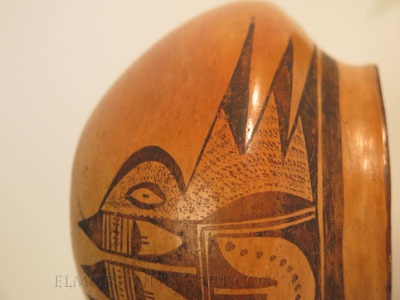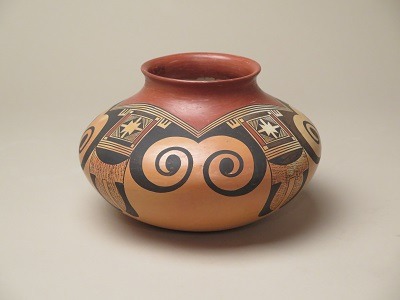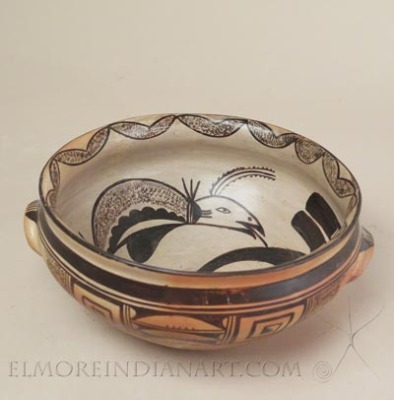Nampeyo Family Pottery
Nampeyo Family Pottery
Here you will find all of the pottery by Nampeyo's descendants that the gallery currently has available.
Nampeyo (1856-1942) is the matriarch of modern Hopi pottery and credited with single-handedly reviving the pottery tradition at Hopi. She began her career as a traditional, tribal potter in the 1870s in Northern Arizona, at the Tewa village on First Mesa at Hopi. Nampeyo evolved over decades into a major modernist artist and founder of the Sikyatki Revival Art Movement, which continues to this day. Sikyatki Revival designs, as well as traditional Nampeyo family designs, are abundant in the pottery of Nampeyo's descendants.
Nampeyo taught her daughters and their daughters to make pottery, and the tradition has been passed down through the family now for six generations. We present pottery by Nampeyo's daughters, Annie, Nellie and Fannie, as well as her granddaughters, Rachel, Daisy, and Juanita Healing. Contemporary work by the three Sahmie daughters of Priscilla Namingha, Rachel's daughter, is also represented.
The full selection of Rachel Sahmie's work can be viewed under the "Rachel Sahmie" tab.
| Nampeyo Family Pottery |
|
Nampeyo Family Retrospective |







